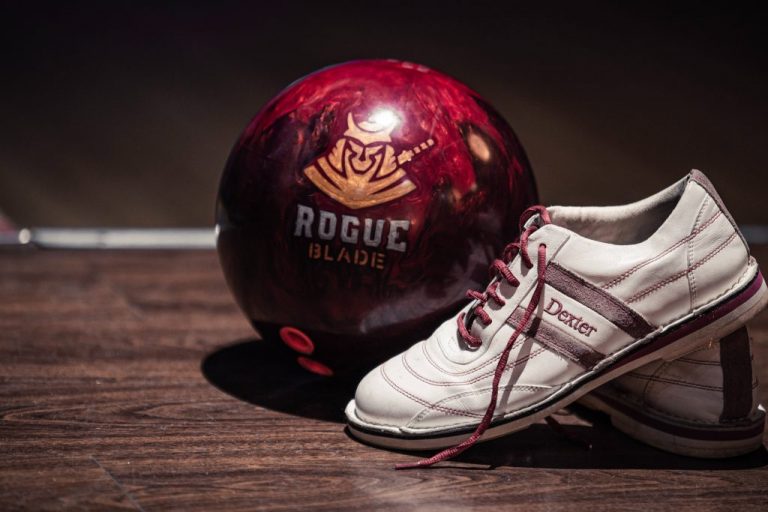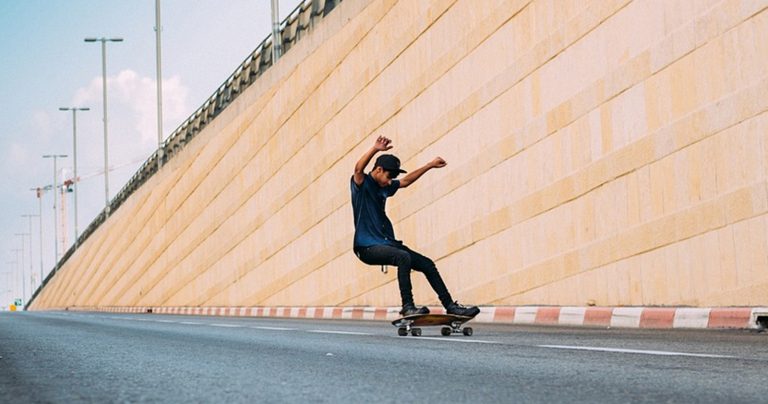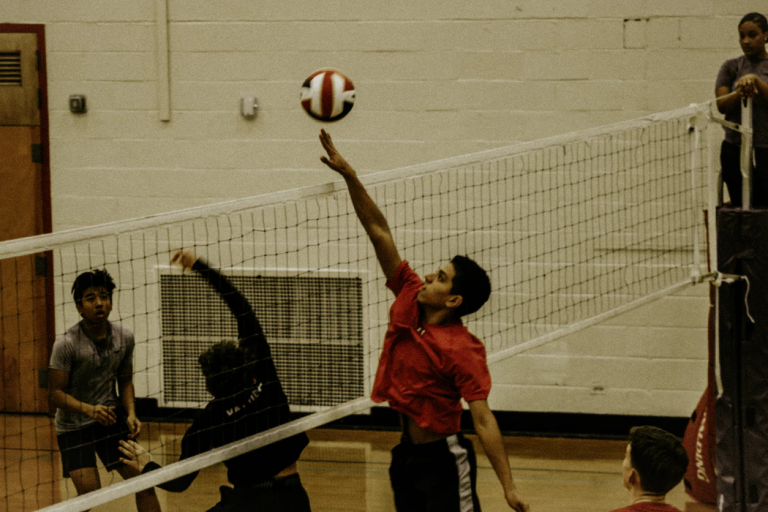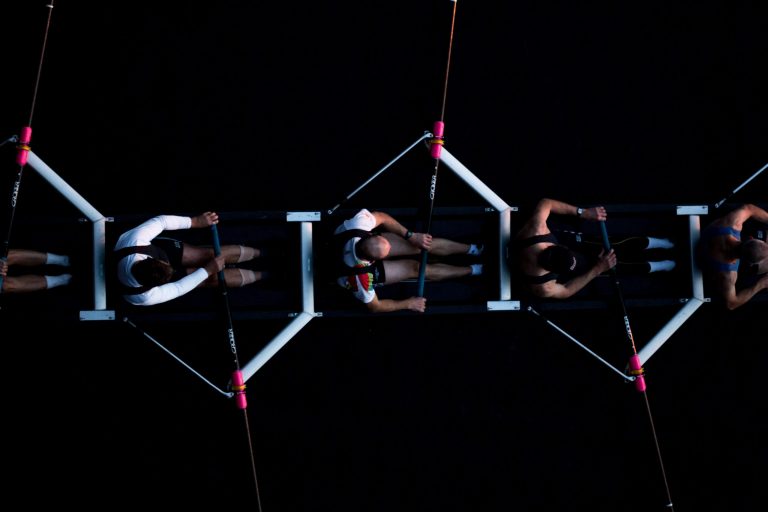Hoop Dreams Are Not The Only Way To College Sports Success
As March Madness winds down, it’s worth remembering that this orgy of money, media, and hype is supposed to represent the pinnacle of student-athlete achievement. But let’s be real. No one pays any attention to the student half of the equation. It’s all about the sports.
The allure of professional sports for the low-income, minority, inner-city youth with limited educational opportunities is problematic.
Enjoy it for what it is. But if you’re interested in another way to help low-income, minority, inner-city youths achieve goals through college sports, I would suggest a better and readily pursuable path.
Without argument it is clear that poorer populations have access to fewer opportunities than their wealthier counterparts. The pathways offered through professional sports offer diminishing returns to participants. Alternative sports, for alternative populations, can offer broader gains than those of more popular sports such as basketball and football. Leveraged correctly, alternative sports offer an effective way to level the college-recruitment playing field for the minority, inner-city, at-risk athlete.
In the inner city, activities ranging from rowing to squash, debate club to chess, and diving to water polo all qualify as alternative. When properly accessed, these activities can lead students to the highest echelons of education and the networks that have often seemed out of reach – the invite-only ‘clubs’ of the chosen few. Such clubs offer real benefits, including social assimilation, networking, and increased self-esteem. There are other ways to get these benefits, of course, but these clubs do the job remarkably well.
For every LeBron James, Kevin Garnett, or Michael Jordan (a combined two years of college between them – all by Jordan!), you have cautionary tales like Hoop Dreams, and most recently by individuals like Maurice Clarett and Jereme Richmond (with a list that can go on).
The allure of professional sports for the low-income, minority, inner-city youth with limited educational opportunities is problematic. The exultation related to Lebron James’s assent is not correspondingly met with the despair of the multitudes of shattered dreams for the thousands that incorrectly think they are just as talented. With the advent of sports-related marketing, television exposure, and stratospheric salaries, it’s easy to see why so many set their sights on careers as professional athletes, sometimes at the expense of education. One could also argue that the NCAA and pro sports leagues exploit the kids’ desperation. This is not to say that professional athletics is a bad goal for those talented to make it happen. But, even for the best of the best, sports careers end. What’s next? Unfortunately, the rate of success is painfully low and the collateral damage immense for kids that miscalculate.
The film “Hoop Dreams” – the story of Arthur Agee and William Gates – tells the tale of what results when misplaced sports dreaming teams up with youthful immaturity and immense external struggles. Neither made the NBA – their sole focus throughout early life choices – and both had to wrestle with life beyond the ball when it was clear that the big money would never come. William moved on from basketball and is a pastor at the Living Faith Church in the old Cabrini-Green neighborhood of Chicago, and Arthur founded a foundation with the focus of building life skills for young men and women. Unfortunately, happy endings are the exception. For every LeBron James, Kevin Garnett, or Michael Jordan (a combined two years of college between them – all by Jordan!), you have cautionary tales like Hoop Dreams, and most recently by individuals like Maurice Clarett and Jereme Richmond (with a list that can go on). To make matters worse – or at least more confusing – no one likes to talk about the pros that actually managed their college careers well. Sports stars, like fashion models and reality stars, are mostly false idols.
Alternative sports don’t show up anywhere in the limelight. This fact does not make them any less important and beneficial. Major League Lacrosse (MLL) is a good example. Founded in 1998, this sports league has eight teams, employs 230 players, and plays in stadiums that average over 10,000 fans. The average paycheck is $10,000 – $25,000 a year and the season lasts 14 games (playoffs not-withstanding. All athletes hold down regular jobs. The personal network they are able to leverage via the sport has huge professional benefit as most of the players are graduates from elite colleges and universities. The friendships and connections made while in school have flowed over to their professional careers. Unfortunately, the opportunity to be introduced to lacrosse at a high level just does not exist for the majority of youths in America. What if it did?
College should help level playing fields, and sport can play a vital role. If entry and access to all sports—not just football and basketball–were equal, then colleges would better educate and prepare those who are so often being cast aside.
Full disclosure. I am an insider. I was a rowing athletic recruit from an urban area who would not have attended an Ivy League school if it were not for my sports participation. I also would not have had the vision and the motivation to attend Oxford had I not gone to that Ivy League University. In addition, I would not have not had either the opportunity to mix it up academically with some of the smartest people in the world or the self-confidence to involve myself with communities that have some of the highest expectations in the world if I did not start rowing at age 13.
I have used my experience as a model in Chicago – creating the Chicago Training Center (CTC) to introduce rowing to improve opportunities for low-income, minority, inner-city youth. CTC is an intensive program focused on creating high-level rowing achievement and academic success for this targeted population. We have helped send kids to prep schools on fully funded academic scholarships. We have had students recruited as athletes in a sport that they had never heard about prior to our involvement. CTC provides a model not only for other rowing institutions can follow, but also for other alternative sports organizations. All this and we are not even 10 years in.
College should help level playing fields, and sport can play a vital role. If entry and access to all sports—not just football and basketball–were equal, then colleges would better educate and prepare those who are so often being cast aside. Real ladder-up opportunities exists through college sports but unfortunately it often takes a rather intrepid student-athlete to see them and seize them.
In the arena of current alternative sports, barriers to entry are easily overcome. Scholarships are easier to come by in alternative sports. But change can only come if grass roots efforts are made to reach low-income communities. Major structural support would have to be built. New youth teams, counselors, parent advisors, peer mentoring groups, alumni networks, and career services would work in concert to bridge the gaps that now exist. But it’s far from impossible. If you consider the time, money, and energy committed to running the NCAA and its assorted tournaments, surely the resources should be available to balance the scales of justice and do some real work to help young men and women overcome these traditional barriers. And in time, the job would get easier as success fed success.
The long-term benefits would be enormous. Teams would become more diverse, higher achieving, and incredibly dynamic. Colleges would also start to see tremendous changes in applications, admissions, and demographics. Student athletes would find wider horizons. Their college experiences would be richer. Their opportunities after graduation would be greater.
Who knows, perhaps basketball fans might even enjoy March Madness without the sense of guilt that student athletes were being exploited. If we put more emphasis on the college in college sports, everyone wins.
Epilogue
Sadly this story could have run almost unchanged back in 1980 and also in present day 2019. The realities faced my scores of underserved youths provide a understandably skewed world view by which to look at the world. Who can blame them? The money is real. The generationally altering allure of professional sports is Omni-present. From recent $300million baseball contracts, to professional athletes thinking that they are a brand – trying to pivot a youths gaze from these shinny end games makes a proper appraisal of available options and decisions extremely difficult. Yet, in this landscape all is not lost and more programs than ever are popping up to try to meet this unmet demand. My old agency Chicago Training Center is but one of them. Spotivity – the new venture – will help close the discovery loop and help enable kids from any background an actionable path towards better outcomes.
About Spotivity
Be #neverbored again by using the spotivity app and find activities that fit your needs. We help you find programing that can lead to your passion. Whether that is an art program to practice graffiti, a sports program to engage in competition, an education support class to improve your grades, or just finding someone to talk to – spotivity has your back. Backed by research and continually informed by users, spotivity is the tool to help you unlock your world and expand the list of options you can take advantage of.







